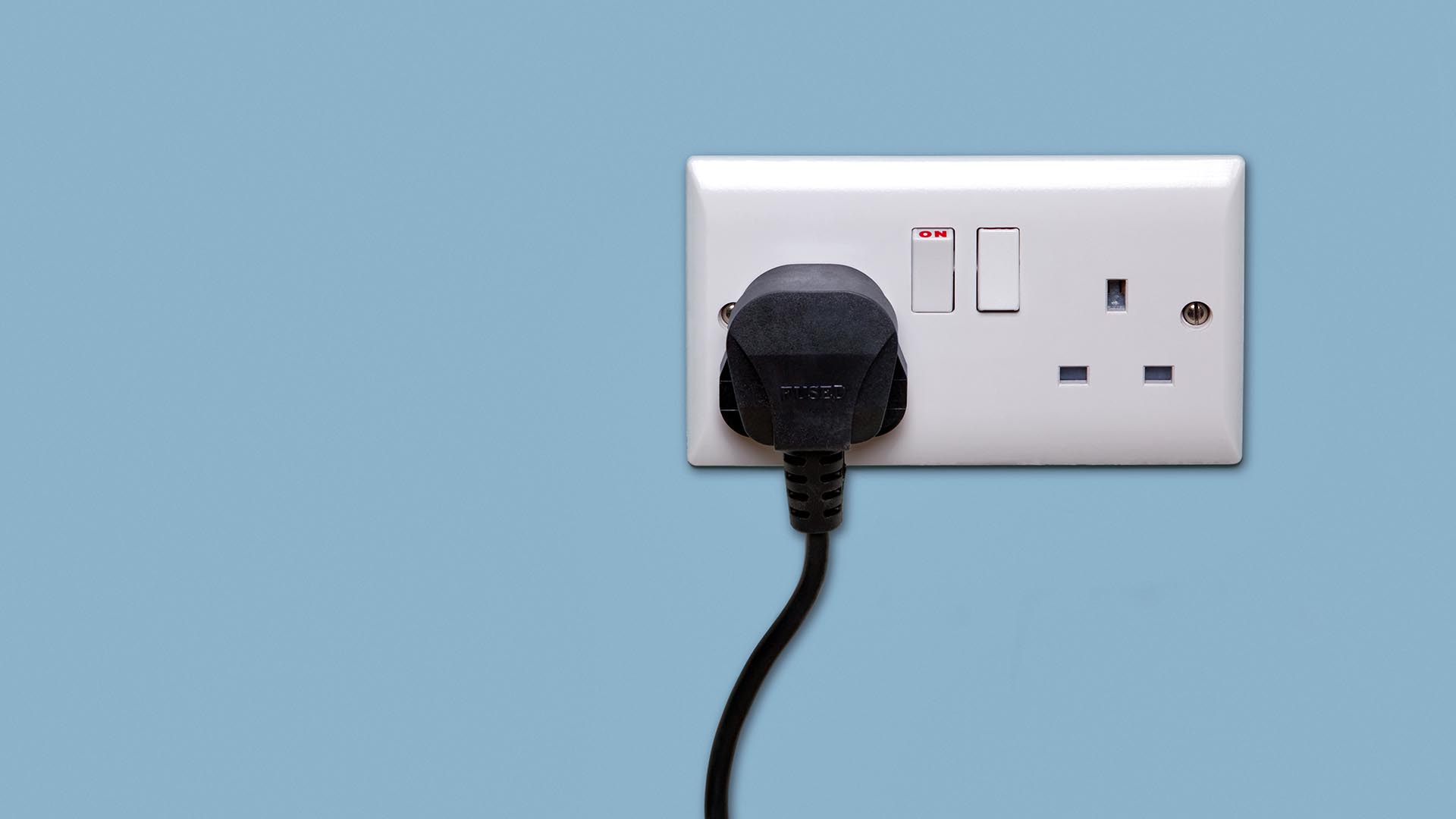The majority of homes in the UK use a single-phase electricity supply. This means a maximum charging rate for electric cars of 7kW.
Apart from private homes, however, much of this country is served by a three-phase electricity network. As their names suggest, a single-phase supply uses one wire, while a three-phase connection has three wires – and thus a greater capacity for EV charging.
You tend to find three-phase supplies in commercial properties, where it’s possible to fit a faster charger – such as a 22kW unit.
How to check your electricity supply

According to UK Power Networks, the best way to tell if a property has a three-phase supply is by looking at the electrical fuse. A single-phase supply will have one fuse, while a three-phase electricity supply will have three 100-amp fuses.
Here is an overview of the typical domestic installations:
- Three-pin plug: 2.3kW (slow)
- Home charge unit: 3.6kW (slow)
- Home charge unit: 7.4kW (fast)
- Home charge unit: up to 22kW (fast)
All of the above except the 22kW charge unit can utilise a standard single-phase home electricity supply.
Is a three-phase supply necessary?

Homeowners tend to upgrade their electricity supply when they convert a house into individual flats, extend the property, or install high-powered equipment such as an air source heat pump. The property will receive up to 70kVA (70,000 volt amps) of power.
In theory, a three-phase electricity supply should deliver faster charging times, but much depends on the electric car in question. Some cars are unable to accept a 22kW home charge, so check your handbook or speak to the manufacturer before you upgrade your property.
You also need to factor in the cost. This will vary, but you’ll be looking at anywhere between £3,000 and £20,000. It’s for this reason that many electric car owners choose to stick with a single-phase supply and install a 7.4kW home charging unit, which costs around £1,000 fitted.
Danny Morgan of Smart Home Charge argues that three-phase is overkill for the majority of electric car drivers. He uses a smartphone analogy here: “Imagine charging your smartphone with a more powerful charger overnight while you’re asleep. It may well charge in one hour instead of two, but in both scenarios your phone will be fully charged when you wake up at 7am. You won’t have noticed the time saving.”
Morgan does concede that a three-phase supply makes sense if you’re charging a number of electric cars at the same time, but that is likely to be a rare situation.
Our advice would be to opt for a 3.6kW or 7.4kW home charger, then take advantage of rapid charging when on the move.
ALSO READ:
What is Plug & Charge for electric cars?


[…] has fitted a more powerful 11kW onboard charger as standard to the 2021 I-Pace. Those with three-phase electricity can add 33 miles of range per hour – charging from flat to empty in 8.6 […]